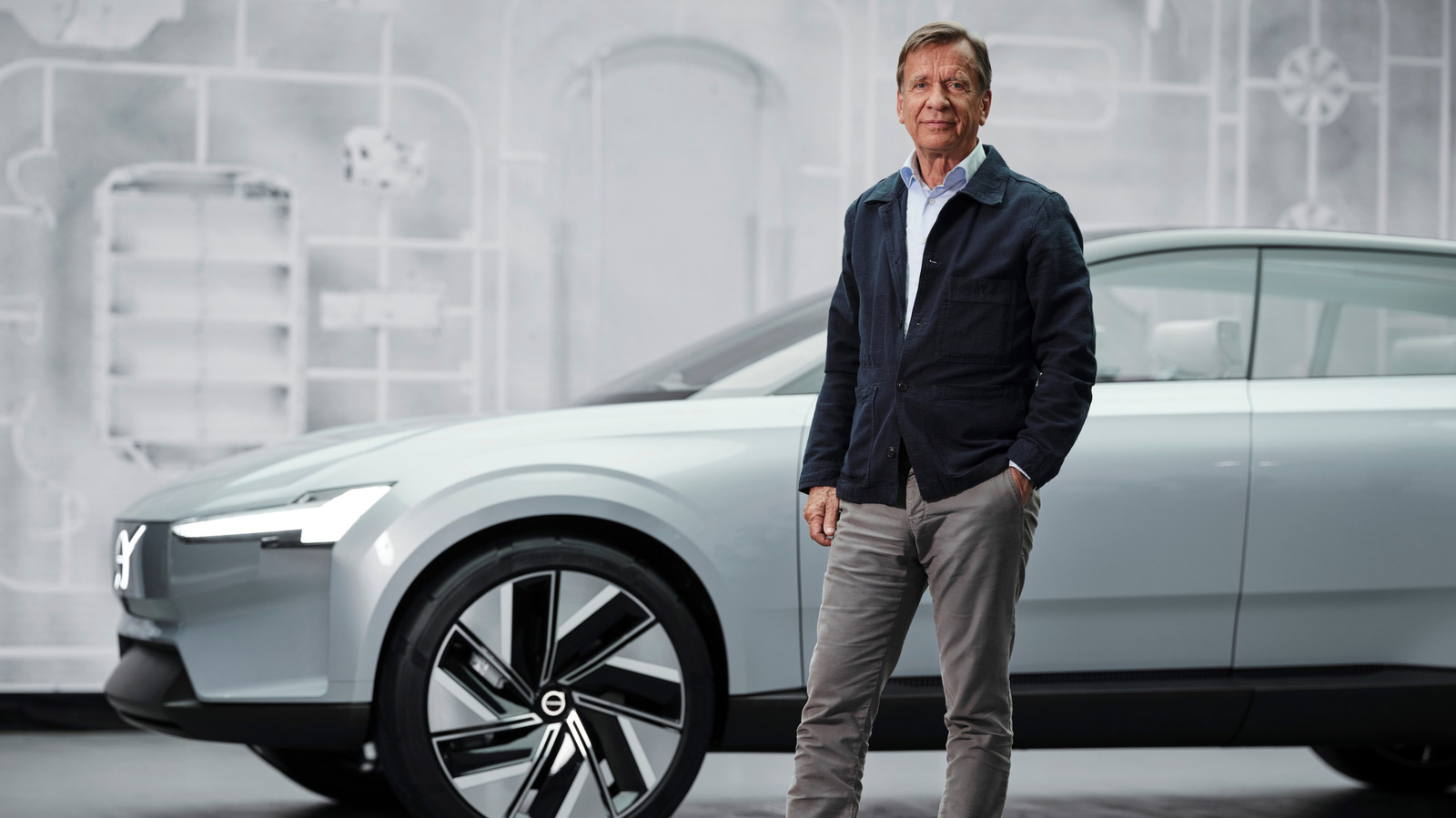What Challenges Does Volvo Face in a Rapidly Changing Auto Industry?
Volvo’s journey in the modern automotive landscape is anything but straightforward. Håkan Samuelsson, the company’s former CEO, has never shied away from acknowledging the hurdles ahead. While Volvo’s Scandinavian roots have always set it apart, the brand now finds itself navigating a world where electrification, digitalization, and global competition are rewriting the rules.
One of the biggest challenges? The rapid pace of technological change. Legacy automakers like Volvo must overhaul decades-old manufacturing processes to keep up with nimble newcomers, especially those from China. According to a 2023 report from McKinsey, Chinese automakers have cut electric vehicle (EV) development cycles to as little as 18 months, compared to the traditional three to five years seen in Europe. That’s a seismic shift—and one that puts pressure on established brands to speed up innovation without sacrificing safety or quality.
How Is Chinese Innovation Reshaping the Global Car Market?
Samuelsson has been candid about the rise of Chinese automakers, predicting their dominance in the global automotive future. It’s not just about lower costs. Chinese brands are leveraging advanced battery technology, aggressive pricing, and a willingness to experiment with new business models. Companies like BYD and NIO are rolling out vehicles with features—think in-car AI assistants or battery swapping—that European and American brands are only beginning to explore.
This isn’t just speculation. Data from the International Energy Agency shows that China accounted for nearly 60% of global EV sales in 2023. Their domestic market scale gives them a testbed for rapid iteration, allowing them to refine products and bring them to international markets at breakneck speed. For Volvo, which is owned by China’s Geely, this presents both a challenge and an opportunity: access to cutting-edge tech, but also fierce competition on its home turf.
What Sets Volvo Apart in a Crowded Field?
Despite these headwinds, Volvo’s leadership remains confident. The brand’s reputation for safety, minimalist design, and environmental responsibility still resonates with buyers—especially in Europe and North America. Volvo was one of the first legacy automakers to commit to a fully electric lineup by 2030, and its investments in sustainable materials and circular manufacturing have earned praise from environmental groups.
But Volvo’s real ace in the hole might be its ability to blend Swedish heritage with global resources. The company’s partnership with Geely has opened doors to new markets and technologies, while its Scandinavian ethos keeps the brand distinct in a sea of sameness. It’s a balancing act: stay true to core values while embracing the speed and scale that Chinese innovation demands.
How Are Consumers Responding to These Shifts?
Car buyers are savvier than ever. They’re not just looking for a badge—they want seamless tech, lower emissions, and a sense that their purchase aligns with their values. Volvo’s focus on electrification and safety plays well here, but the brand can’t afford to rest on its laurels. Recent surveys by J.D. Power show that consumers are increasingly willing to try new brands, especially those offering better connectivity and lower total cost of ownership.
That means Volvo must double down on user experience, from intuitive infotainment systems to hassle-free charging solutions. The company’s recent moves—like integrating Google’s Android Automotive OS and expanding over-the-air updates—are steps in the right direction. But the competition isn’t standing still, and the next few years will be a test of whether Volvo can keep pace without losing its soul.
What’s the Real Outlook for Volvo’s Future?
Samuelsson’s optimism isn’t blind faith. It’s rooted in a clear-eyed assessment of both the risks and the opportunities ahead. Volvo’s willingness to acknowledge its challenges—rather than gloss over them—may be its greatest strength. The brand’s future hinges on its ability to adapt quickly, leverage global partnerships, and stay laser-focused on what makes it unique.
The big takeaway? Volvo’s path forward isn’t about perfection—it’s about smarter adjustments. Start with one change this week, and you’ll likely spot the difference by month’s end.


